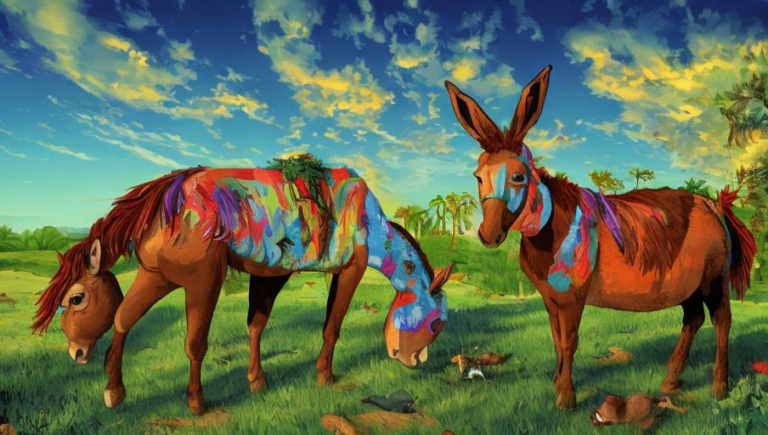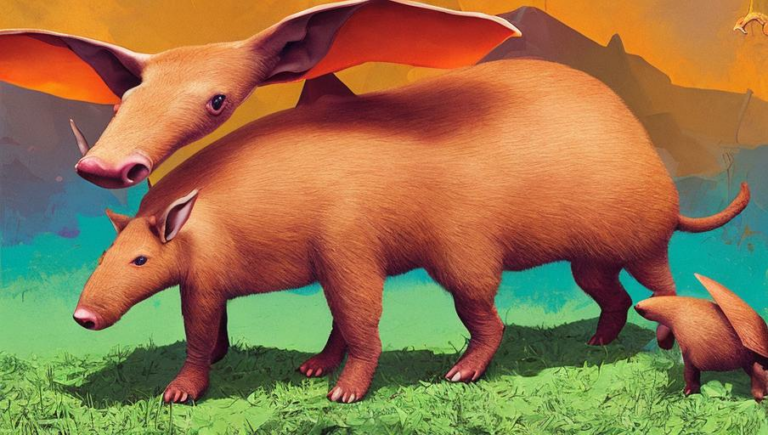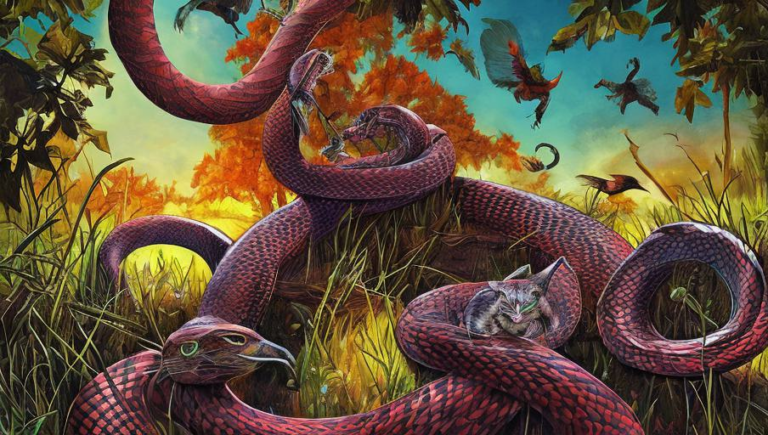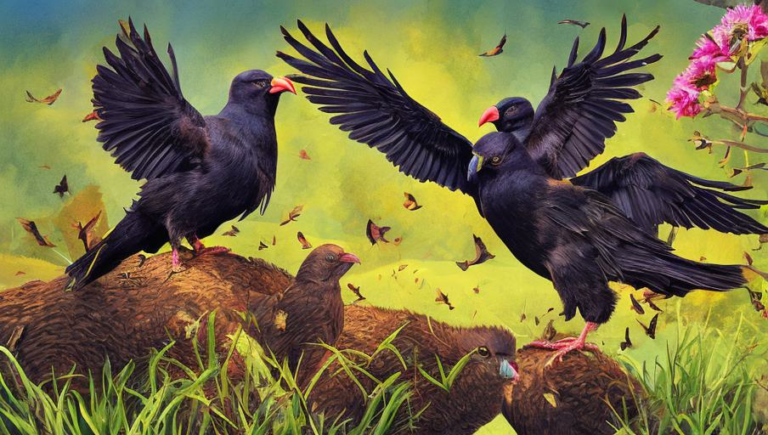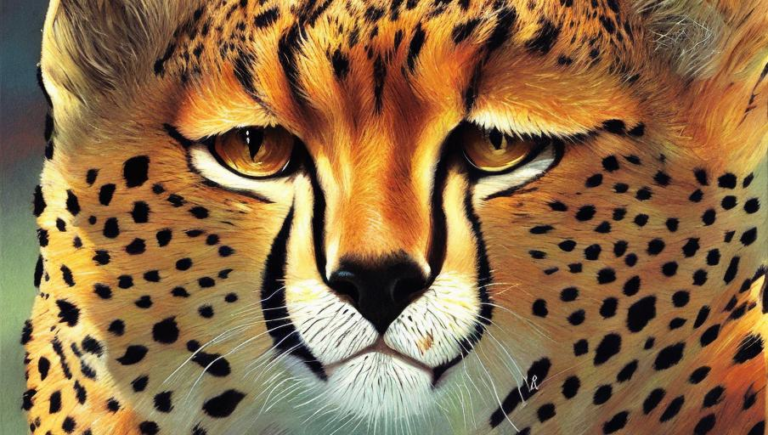Discovering the Majestic Buffalo
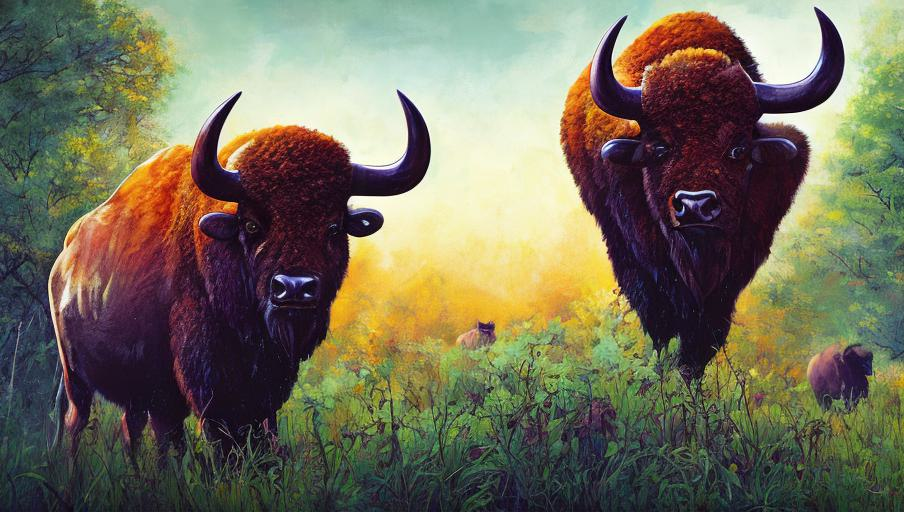
Introduction
Buffalo, also known as bison, are one of the largest and most iconic animals found in North America. These majestic creatures have been an important part of the history and culture of many Indigenous nations, and continue to be a source of fascination for people all over the world. Buffalo are powerful, intelligent, and have a unique and striking appearance that has made them a popular symbol in many cultures. However, buffalo are also incredibly vulnerable and face many threats to their survival. In this article, we will explore the different aspects of the life of buffalo, the threats they face, and the efforts being taken to protect them.
Physical Characteristics
Buffalo are large, heavy animals, with a thick coat of shaggy brown fur. Adults can weigh up to a ton and measure up to six feet tall. They have broad, curved horns that can grow up to two feet in length. Buffalo are highly social animals and live in herds of up to several hundred individuals. The herds typically consist of females and their young, accompanied by a few older males. Buffalo are also incredibly powerful and can run up to 35 miles per hour.
Habitat
Buffalo are found in various habitats across North America, including prairies, grasslands, and woodlands. They are also found in parts of Canada, Mexico, and Central America. Buffalo need large areas of land to roam and find food, and they prefer habitats with plenty of grass and vegetation. They typically avoid areas with dense forests and hills.
Diet
Buffalo are grazers, and their diet consists mainly of grasses and other vegetation. They also eat shrubs, roots, and other plants. Buffalo can consume up to 40 pounds of vegetation per day and will travel great distances in search of food.
Threats to Buffalo
Buffalo face many threats to their survival, including habitat loss, competition with livestock, and hunting. Climate change is also having an impact on buffalo, by reducing the availability of water and vegetation in their habitats. Buffalo are also vulnerable to diseases, such as brucellosis, that can be spread from domestic animals to wild herds.
Conservation Efforts
Fortunately, there are many efforts being taken to protect buffalo. Organizations such as the World Wildlife Fund are working to protect and restore buffalo habitats, while other groups are advocating for increased legal protections for buffalo. Additionally, buffalo sanctuaries and reserves have been established to provide a safe haven for wild herds. Finally, research is being conducted to better understand the threats facing buffalo and to develop strategies to protect them.
Conclusion
Buffalo are a fascinating and iconic species that have a long history in North America. Unfortunately, they are facing numerous threats to their survival. However, by raising awareness of the importance of buffalo conservation and taking action to protect their habitats, we can ensure that these majestic creatures remain a part of our world for generations to come.
